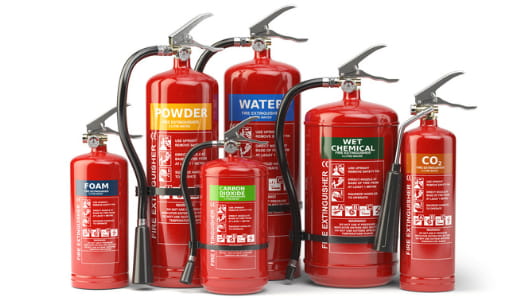Firefighters occupy a unique and critical position within the emergency services. They confront a multitude of hazards on a daily basis, ranging from extreme heat and toxic environments to physical dangers posed by falling debris and hazardous materials.
To navigate these perilous situations effectively and safely, firefighters rely on a comprehensive suite of Personal Protective Equipment (PPE). This article explains the essential role of PPE in firefighting, examining its various components, their specific functionalities, and the overarching impact they have on firefighter safety and operational effectiveness.
The Fireground Environment: A Spectrum of Threats
Fire scenes present a complex and dynamic environment characterized by a confluence of hazards. The primary threat originates from the fire itself, generating intense heat exceeding 1000°C (1832°F), capable of inflicting severe burns on unprotected skin. Additionally, fires produce a dense and toxic atmosphere comprised of smoke, carbon monoxide, hydrogen cyanide, and other harmful combustion byproducts. If inhaled, these contaminants pose a significant risk of respiratory illness and even death.
Furthermore, the structural integrity of infrastructure can be compromised during a fire, leading to potential collapses and falling debris. The presence of sharp objects, shattered glass, and exposed electrical wires further elevates the risk of physical injuries for firefighters. Finally, the firefighting operation itself necessitates the use of pressurized water streams and heavy equipment, introducing additional ergonomic and musculoskeletal strain.
The Role of PPE: A Multifaceted Defense System
To mitigate the aforementioned hazards and ensure firefighter safety, a comprehensive PPE ensemble is employed. This equipment, meticulously designed and rigorously tested, provides a multilayered defense system that safeguards firefighters across various threat categories.
1. Thermal Protection: Turnout Gear
The cornerstone of firefighter PPE is the turnout gear, a three-layered ensemble designed to shield firefighters from the intense heat of infernos. The outer shell, typically constructed from high-performance fabrics like Nomex or PBI, boasts exceptional flame retardancy and heat resistance. This layer reflects and absorbs a significant portion of the radiant heat, preventing thermal transfer to the firefighter’s skin.
Beneath the outer shell lies a thermal liner, often comprised of aramid fibers or meta-aramid blends. This layer provides an additional barrier against heat transfer while also managing moisture vapor transmission. Excessive sweat accumulation within the turnout gear can lead to heat stress and impair firefighter performance. The thermal liner’s breathability allows moisture to escape, keeping firefighters cool and comfortable during extended deployments.
Completing the ensemble is a moisture barrier, a thin yet critical layer that serves a dual purpose. It prevents the penetration of water from external sources such as firefighting hoses, while simultaneously allowing sweat vapor to pass through from the inner layers. This ensures that firefighters remain dry and comfortable, maximizing their operational effectiveness and minimizing the risk of heat stress.
2. Respiratory Protection: The Self-Contained Breathing Apparatus (SCBA)
One of the most core components of firefighter PPE is the self-contained breathing apparatus (SCBA). This life-saving equipment provides firefighters with a clean, breathable air supply in environments contaminated with smoke, toxic fumes, and superheated gasses. Modern SCBAs typically utilize compressed air cylinders carried on the firefighter’s back, although some fire departments may also employ connected air source systems.
The SCBA facepiece forms a tight seal around the firefighter’s face, ensuring a constant flow of clean air. Advanced filtration systems effectively remove harmful contaminants from the ambient environment, safeguarding the respiratory system from potential damage.
Furthermore, SCBAs often integrate Heads-Up Displays (HUDs) that provide vital information such as remaining air supply pressure and low-air warnings, enhancing firefighter situational awareness during critical operations.

3. Physical Protection: Gloves, Boots, and Eye Protection
Firefighting operations expose firefighters to a multitude of physical hazards. To mitigate these risks, various PPE components provide crucial physical protection. Firefighting gloves are constructed from heat-resistant materials such as Kevlar or Nomex, offering exceptional dexterity and tactility. This allows firefighters to handle equipment and tools effectively while maintaining a high degree of heat resistance to safeguard against burns. Additionally, these gloves often incorporate puncture and cut-resistant materials to minimize the risk of injuries from sharp objects encountered on the fireground.
Firefighting boots provide crucial protection for the lower extremities. Constructed from heat-resistant leather or synthetic materials, they offer excellent thermal insulation and puncture resistance. Steel toecaps further enhance protection against falling debris and heavy equipment. Additionally, the boots are designed for slip resistance to minimize the risk of falls on wet or uneven surfaces.
Eye protection, in the form of goggles or face shields, safeguards firefighters from flying debris, embers, and caustic materials that could cause severe eye injuries. These components are often constructed from heat-resistant polycarbonate materials with anti-fogging coatings to ensure optimal visibility during firefighting operations.
4. The Human Element: Confidence and Psychological Impact
Beyond its tangible protective benefits, PPE plays a crucial role in bolstering firefighter confidence and psychological well-being. A well-maintained and properly functioning set of PPE empowers firefighters with a sense of resilience and preparedness, allowing them to confront danger head-on.
Donning their PPE becomes a ritual, a physical manifestation of their unwavering commitment to protecting lives and property. This sense of solidarity and empowerment creates a psychological foundation that allows firefighters to perform their duties effectively, even under extreme pressure and hazardous conditions.
The Economic and Societal Value of PPE Investment
Investing in high-quality and well-maintained PPE is not merely an expenditure; it’s a testament to the value we place on firefighter safety and the critical role they play in safeguarding communities. Modern PPE is a result of continuous research and development, utilizing advanced materials and innovative technologies to provide firefighters with the best possible protection. This investment translates to tangible societal benefits.
By prioritizing firefighter safety through robust PPE programs, fire departments experience a decrease in line-of-duty injuries and fatalities. This not only protects the lives of these courageous individuals but also ensures the continued availability of emergency services within a community.
Additionally, a healthy and operational firefighting force minimizes property damage caused by fires, resulting in significant economic benefits for homeowners and businesses.
Conclusion
Firefighter PPE stands as a “silent guardian” in the face of the inferno. It’s a testament to human ingenuity and technological advancement, constantly evolving to provide firefighters with the best possible protection in a dynamic and unforgiving environment. Understanding and appreciating the essential role of PPE is paramount to recognizing the remarkable courage and resilience of firefighters who selflessly risk their lives to protect communities. Through continued investment in research, development, and training, we can ensure that firefighters are equipped with the most advanced PPE available, empowering them to fulfill their critical role as the frontline defenders against the ever-present threat of fire.
Read More Articles:
Everything about fire extinguishers based on their colors
Related Articles

Protein Foam: Your Guide to Effective Fire Suppression
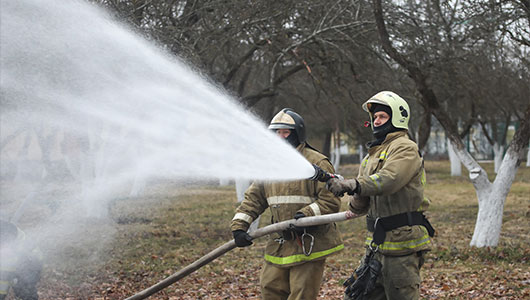
AR-AFFF Foam: Find the Right Formula for Your Needs

AFFF Foam: Your Essential Guide to Fire Safety

Why ECOFOAM is the Future of Environmentally Friendly Firefighting

Foam Concentrates: Sustainable Solutions for Environmentally Conscious Fire Protection
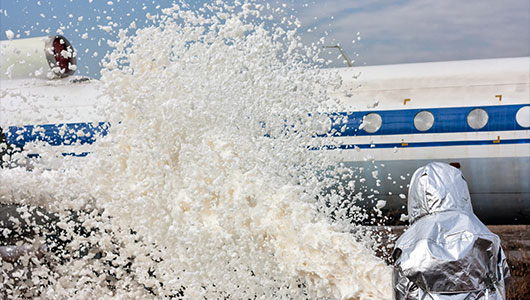
The Right Foam for Every Fire: Synthetic Concentrates for Varied Hazards & Environments

Expansion Foam Concentrate: The Ultimate Solution for Controlling Flammable Liquid Fires
Stop Fire in Its Tracks: Protein Foam's Versatility Across Hazards & Environments

Fluorine-Free Foam (ECOFOAM): Next-Generation Fire Suppression Solutions for Modern Challenges
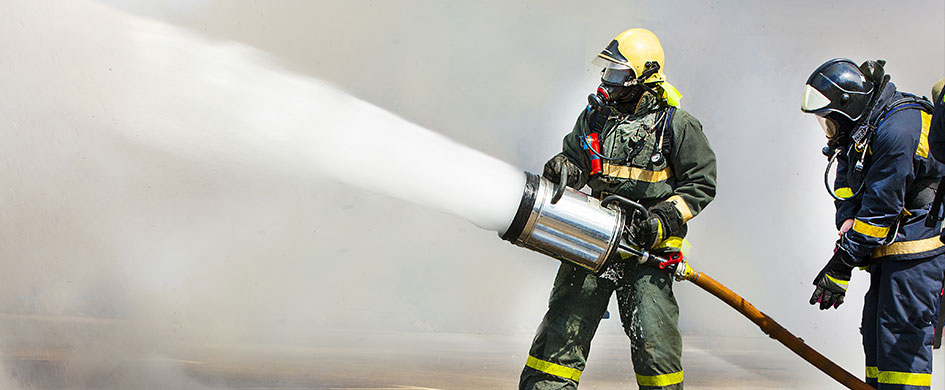
Future of Firefighting is Here: Top Trends in Foam Concentrate Technology Explained

Synthetic Foam Concentrates: The Science Behind Superior Fire Control

Expansion Foam Concentrate: The Game Changer for Fighting Large Fires

Protein Foam 101: How It Works to Fight Fires
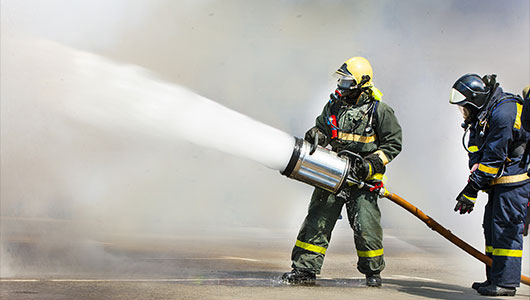
Advantages of Advanced AR-AFFF Foam Technology - Fire Protection Ultimate Guide 2024
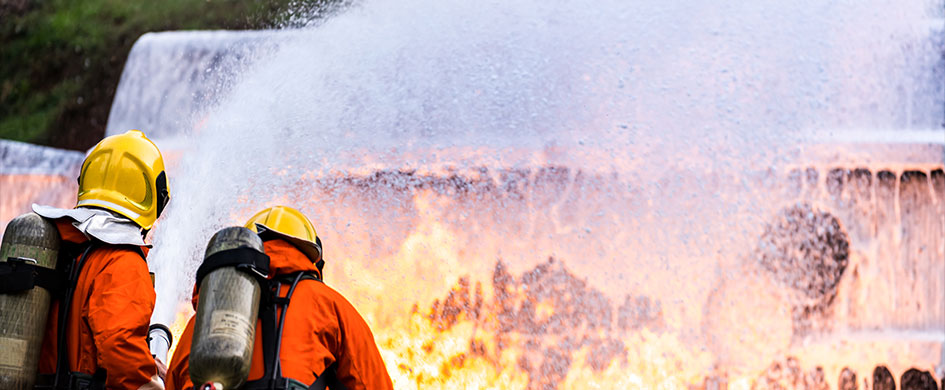
AFFF Fire Suppression: Applications & Benefits for Enhanced Safety
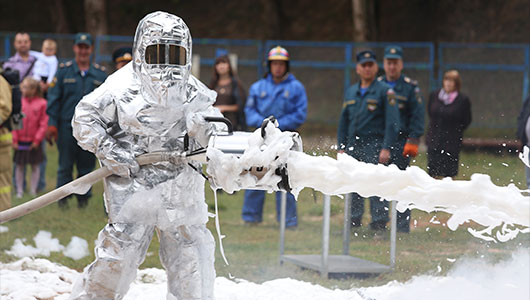
Foam Concentrates vs Traditional Fire Extinguishers: Which is More Effective?

Fight Fires Eco-Friendly: Rise & Future of Fluorine-Free Foam (ECOFOAM)

Synthetic Foam Concentrates: Advancing Fire Suppression with Cutting-Edge Technology

Expand Your Fire Safety Arsenal: Exploring the Versatility of Expansion Foam Concentrate

Protein Foam Concentrates: Harnessing Nature's Power for Effective Fire Suppression | Guide 2024
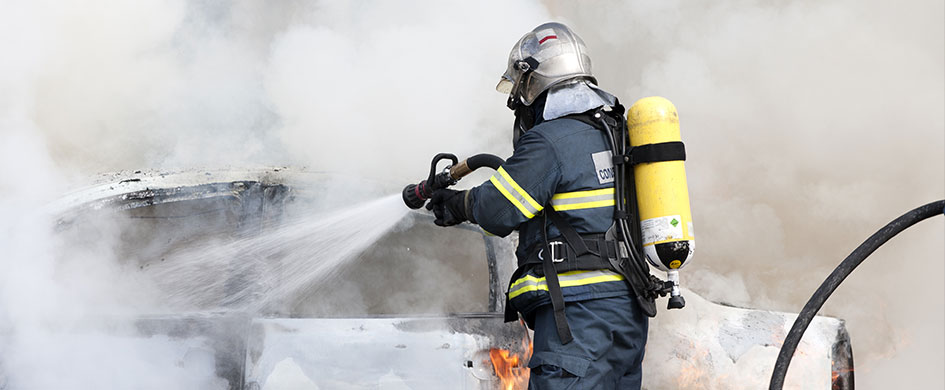
Advanced AR-AFFF Foam: The Cutting-Edge Solution for Superior Fire Suppression Performance
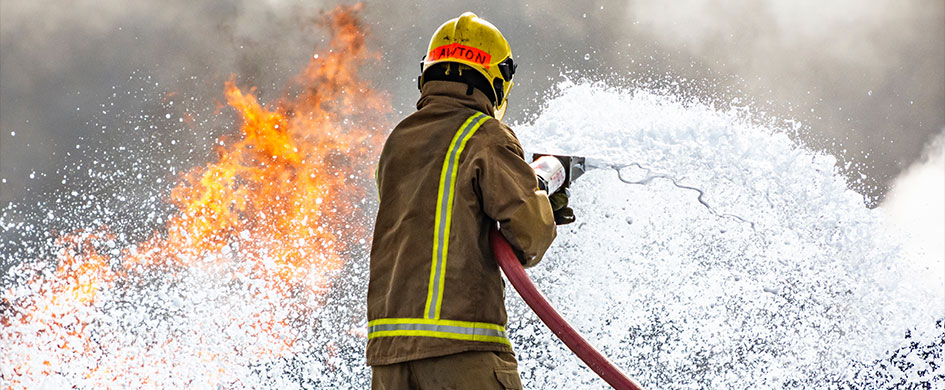
Understanding AFFF Role in Rapid Fire Suppression

The Rise of Eco-Friendly Fire Suppression: Exploring Fluorine Free Foam (ECOFOAM) Solutions

Foam Concentrates: The Ultimate Guide(2024) to Effective Fire Suppression

Choosing the Right Fire Sprinkler System for Your Commercial Property
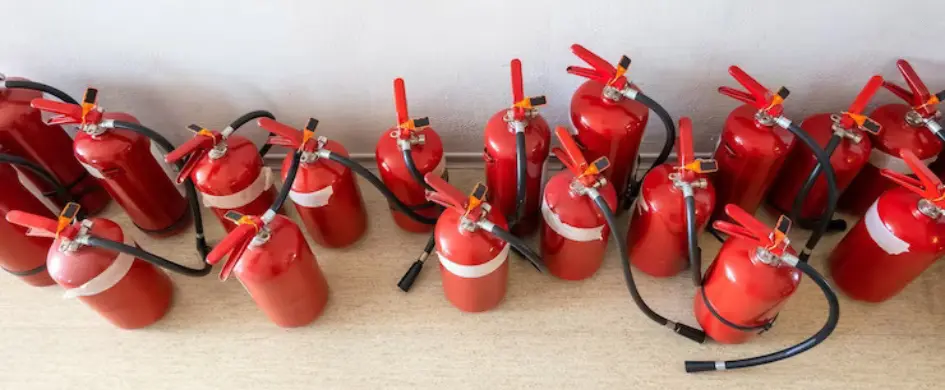
Emergency Evacuation Planning: Steps to Ensure Workplace Safety

The Ultimate Guide to Fire Extinguishers: Types, Uses, and Maintenance
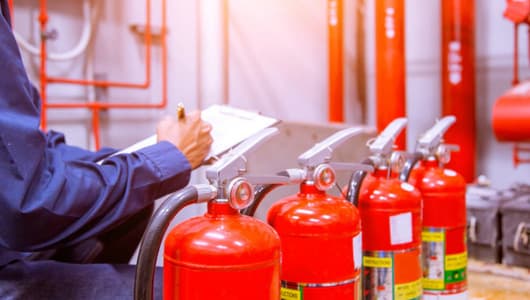
Keeping Your Business Safe: A Comprehensive Guide to Fire Risk Assessments
Protecting Your Electrical Equipment: The Importance of a Fire Suppression System for Electrical Panels
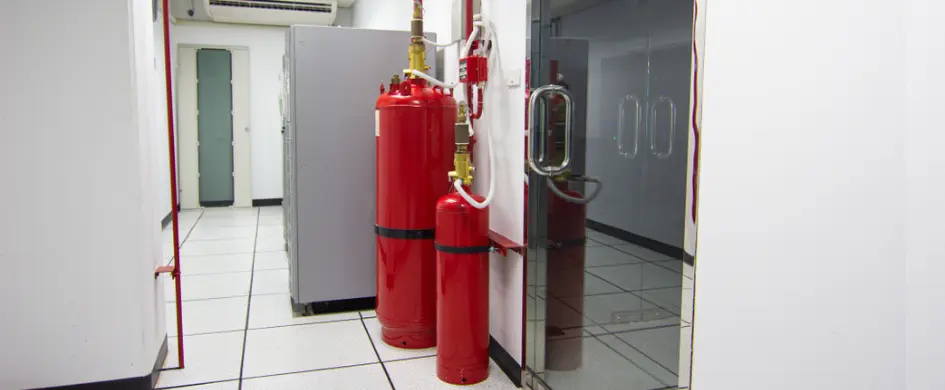
Protect Your Data Center with a Reliable Fire Suppression System

How to choose a water mist fire extinguisher

CO2 Fire Suppression System vs Clean Agent fire Suppression
Ensuring Safety in the Factory: Choosing the Right Fire Fighting Equipment
The Top 5 Places Where Fire Suppression Systems are a Must
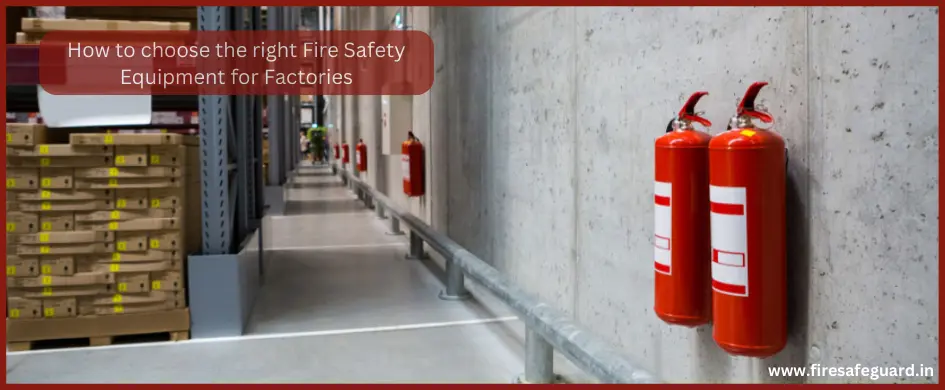
How to Choose the Right Fire Safety Equipment for Factories

Difference Between Fire Suppression System and Fire Sprinkler
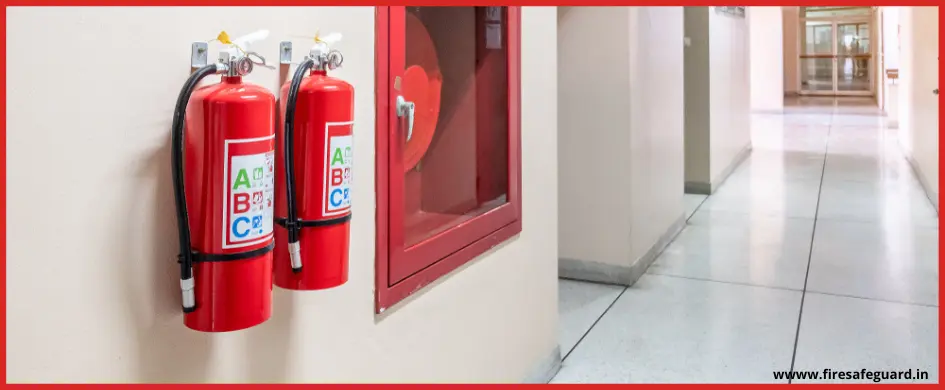
Ultimate Fire Extinguisher Buying Guide for Business owners

Known and Unknown Facts about Fire Everyone Should Know

Everything you need to know about Water Type Extinguisher

What is a Clean Agent Fire Extinguisher ? Detailed Guide 2024

Everything You Need to Know About Foam-Type Fire Extinguishers
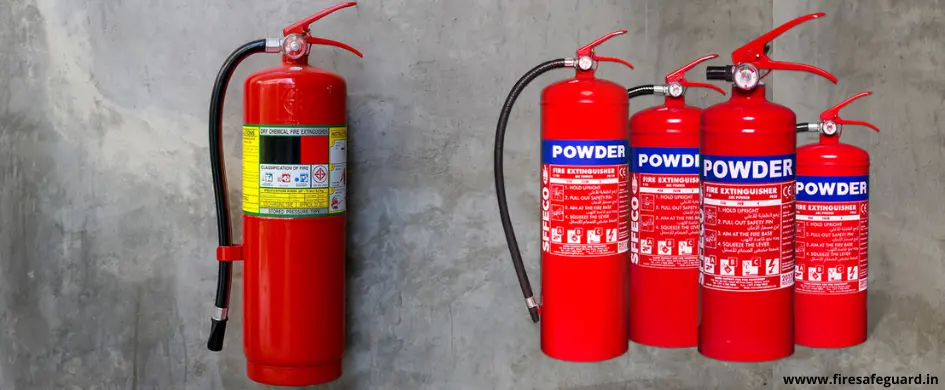
Everything You Need to Know about Dry Chemical Fire Extinguishers - Detailed Guide 2024

Top Fire Extinguisher Manufacturers in India
